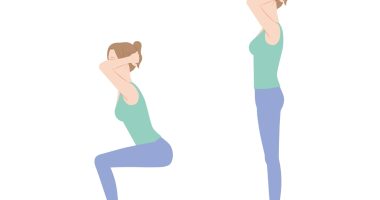
Menopause is not a disease or an illness. It is the permanent ending of menstruation in women. It marks the end of a woman’s natural ability to bear children.
The symptoms are as different as women themselves. Some women do not have any symptoms during this period or only have a few symptoms. Other women develop disturbing and even severe symptoms.
In the western world, about 12 percent of women do not experience symptoms and about 14 percent experience intense physical or emotional problems. The average age of US women in whom menopause occurs is 51 years.
For most women, menopause is a normal occurrence. However, some women can stop menstruating before the conventional biological age.
A woman can experience premature, early, normal or late menopause depending on the age symptoms started.
Many people take early and premature menopause to mean the same thing but there exists a notable difference.
The Difference Between Them
Early or premature menopause happens when ovaries stop making hormones and periods stop at a younger age than usual (the average age of this period in the United States is 51).
This can happen naturally or for a medical reason, such as when both ovaries are removed in a hysterectomy.
Early menopause usually occur between age 40 to 45 in women While Premature menopause happens in women before age 40.
Both, however, have the same causes but symptoms in women may vary. Women who have gone through either menopause periods cannot get pregnant.
You can also read: Why Premature Menopause Is Associated With Women Above 30
Common symptoms in women
Although some women might not experience symptoms, but those who do, usually experience the following symptoms
- Hot flashes
- Night sweats
- Sleep disorders
- Changes in menstruation
- Mood swings
- Depression and anxiety
- Irritability
- Difficulties in concentrating
- Mental confusion
- Memory problems
- Decline in libido
- Vaginal dryness
- Urinary problems
- Thinning of the skin around the cervix.
- Breast tenderness
- Tiredness
- Hair loss and hair thinning
- Headaches
- Cardiovascular disease
- Osteoporosis
- Weight gain.
Keep in mind that most women will only have a few symptoms from the list mentioned. Symptoms can be noticed for several months to years before the last menstrual period and can continue for several years after.









